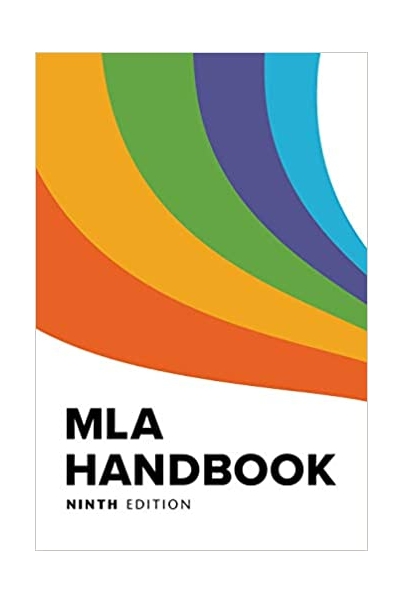MLA stands for the Modern Language Association, and its style guidelines have been assisting authors since 1951. In 2016, the MLA Handbook introduced a template using core elements in an effort to simplify much of the documentation process in MLA format. In 2021, the ninth edition was expanded with considerably more content and visuals.

MLA Formatting: The Basics
Papers constructed according to MLA guidelines should adhere to the following elements:
- Double-space all of the text of your paper (including entries within Works Cited).
- Use a clear font between 11 and 13 points. One example is Times New Roman font.
- Use one-inch margins on all sides and indent the first line of a paragraph one half-inch from the left margin.
- Add a running head in the upper right-hand corner with your last name, a space, and then a page number. Pages should be numbered consecutively with Arabic numerals (1, 2, 3, 4, etc.), one-half inch from the top and flush with the right margin.
- List your name, your instructor’s name, the course, and the date double-spaced in the upper left-hand corner of the first page. This is your header. There is no cover page.
- Center the title on the next double-spaced line after the header.
- Provide in-text citations for all quoted, paraphrased, and summarized information in your paper.
- Include an alphabetized Works Cited page at the end of your paper that gives full bibliographic information for each item cited in your paper.
- If you use endnotes, include them on a separate page before your Works Cited page.
To see how these formatting guidelines come together on an actual document, visit our MLA Essay Template.
The following pages in this section will provide you with more information regarding MLA formatting, in-text citations, and the Works Cited entries. There are also three videos that give an overview of MLA formatting, in-text citations, and the Works Cited section. In addition, this section contains a practice activity as well as a page containing MLA sample papers. The information in this section follows the MLA Handbook, 9th edition. MLA guidelines do change over time, so it’s important to be aware of the most current information. As always, follow the requirements of your teacher or professor; their requirements take precedence.
